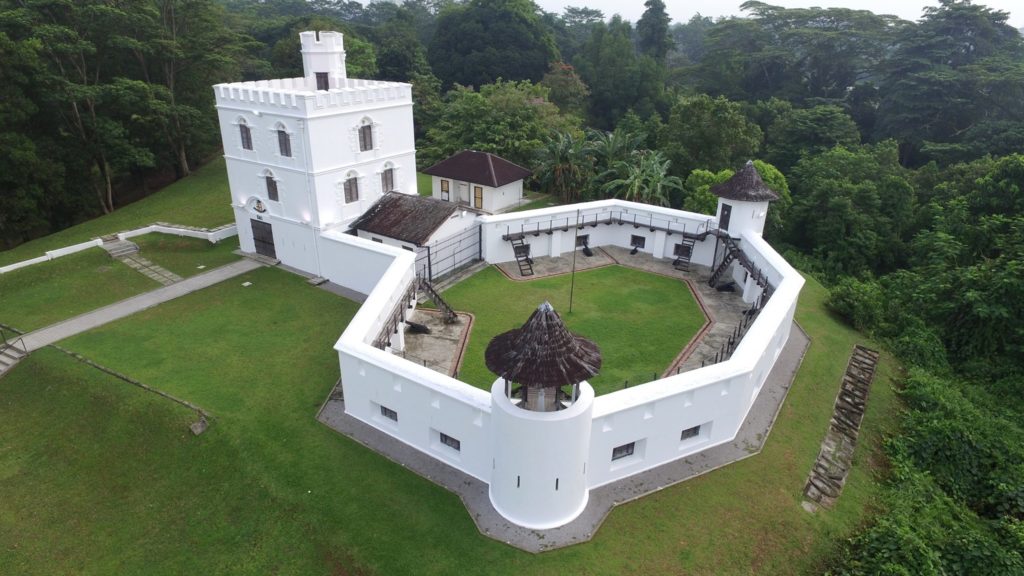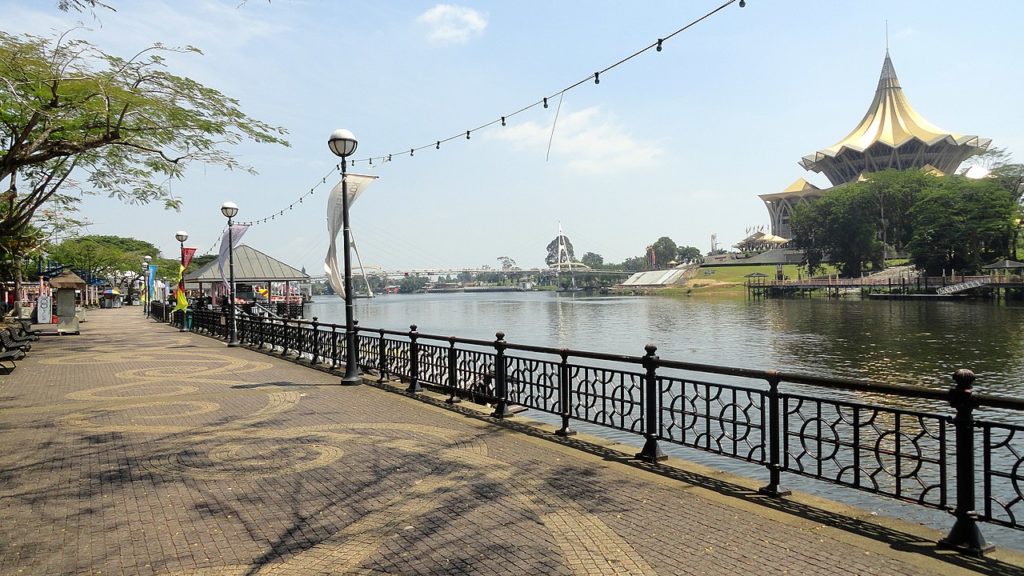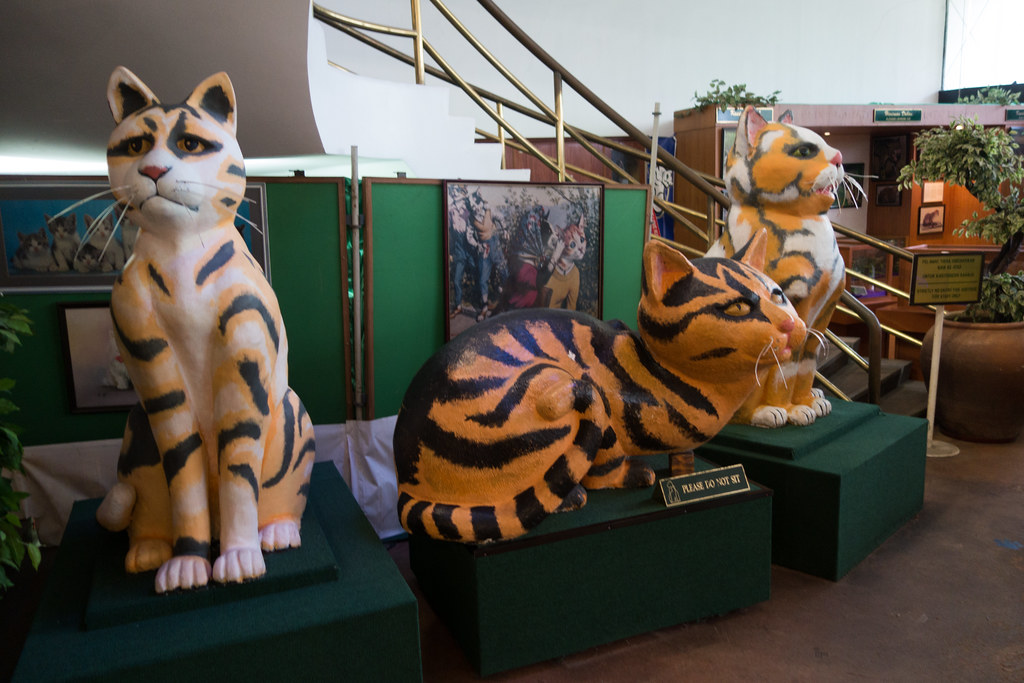Once the heart of the Brooke dynasty, this vibrant, welcoming and multicultural city has grown over the decades, but never lost its old world feel and distinctive Bornean charm.
Kuching’s biggest plus point is its proximity to everything – travellers can experience culture, art, nature and great outdoor adventures, all in one city.
Bask in Bako’s beauty
Nature lovers can drive up to Bako from Kuching, hop on a short boat ride and be in Bako National Park – one of Sarawak’s smallest but most ecologically diverse parks – in under an hour.
Within its 27-square kilometre area, you’ll see every tropical landscape under the sun, from mangrove forests and waterfalls to secluded beaches, dramatic sea stacks and verdant jungles.
 The park is a paradise for avid bird watchers, and is also home to an array of other animals, including Borneon bearded pigs, long-tailed macaques and monitor lizards.
The park is a paradise for avid bird watchers, and is also home to an array of other animals, including Borneon bearded pigs, long-tailed macaques and monitor lizards.
But the stars at Bako are the proboscis monkeys, which you can spot while trekking through any of the park’s 16 jungle trails.
Peek into the past
History buffs, head to The Brooke Gallery, a space dedicated to the legacy of the Brookes, a British dynastic family known as The White Rajahs who ruled Sarawak from 1841 to 1946.
This gallery is housed within the 142-year-old whitewashed walls of the beautifully restored Fort Margherita that sits across the Kuching Waterfront.
 Marvel at the collection of artefacts, historical documents and art from the Brookes’ 180-year reign and get a glimpse into a fascinating period in Sarawak’s history.
Marvel at the collection of artefacts, historical documents and art from the Brookes’ 180-year reign and get a glimpse into a fascinating period in Sarawak’s history.
You can also head to the Old Courthouse to check out the Ranee Museum to learn about the life and work of Margaret de Windt, the wife of the second White Rajah Charles Brooke, and the first queen or Ranee of Sarawak.
Wander along the waterfront
Take a relaxing stroll along the leafy boulevard of the Kuching Waterfront, an esplanade that runs along the south bank of the Sarawak River.
This 900-metre stretch, once a busy colonial maritime port, is now the city’s most popular meeting point, with cafes, restaurants, hawker stalls and heritage buildings lining its path.
 Here’s where you can sample local offerings, such as kek lapis, kolo mee or Sarawak laksa, while watching motorised perahu tambang (water taxis) zig-zag across the languid river.
Here’s where you can sample local offerings, such as kek lapis, kolo mee or Sarawak laksa, while watching motorised perahu tambang (water taxis) zig-zag across the languid river.
Shutterbugs will have a field day here, especially on Darul Hana Bridge. This sleek, S-shaped river crossing, which links the waterfront to the Sarawak Botanical Gardens, offers panoramic vistas of the city and the river.
Get fur-miliar with cats
There are many theories on how Sarawak’s capital got its name and most have nothing to do with felines, but Kuching – which sounds like “cat” in Malay – can’t escape the association.
Whether you are a fan of felines or not, Kuching’s quirky Cat Museum is worth a visit. Launched in 1993, the museum was the first of its kind in the world, with four whole galleries dedicated to these adorable fur babies.
 Browse through a hodgepodge of interesting exhibits, from the 5,000-year history of these cute companions and cat photos, sculptures and paintings to kitties in popular culture and even actual Egyptian mummified cats.
Browse through a hodgepodge of interesting exhibits, from the 5,000-year history of these cute companions and cat photos, sculptures and paintings to kitties in popular culture and even actual Egyptian mummified cats.
The section that looks at cat symbolism and superstitions across various cultures is also a must-see.
Visit the lucky temple
Sin Siew Teng – better known as Tua Pek Kong, after the deity enshrined here who was widely worshipped by early Chinese settlers in Southeast Asia – is considered Sarawak’s oldest temple.
Said to have existed since the 1770s, the site for this Taoist temple, which sits on a slope overlooking the Sarawak River, was chosen based on the principles of feng shui.
 The location of this stunning structure, adorned with ornate carvings of deities and dragons, is regarded as an auspicious one that ushers in peace, harmony and prosperity.
The location of this stunning structure, adorned with ornate carvings of deities and dragons, is regarded as an auspicious one that ushers in peace, harmony and prosperity.
Perhaps owing to its lucky spot, Tua Pek Kong survived the Great Kuching Fire of 1884 and the heavy Japanese bombing of Kuching during World War II.
According to airasia.com














